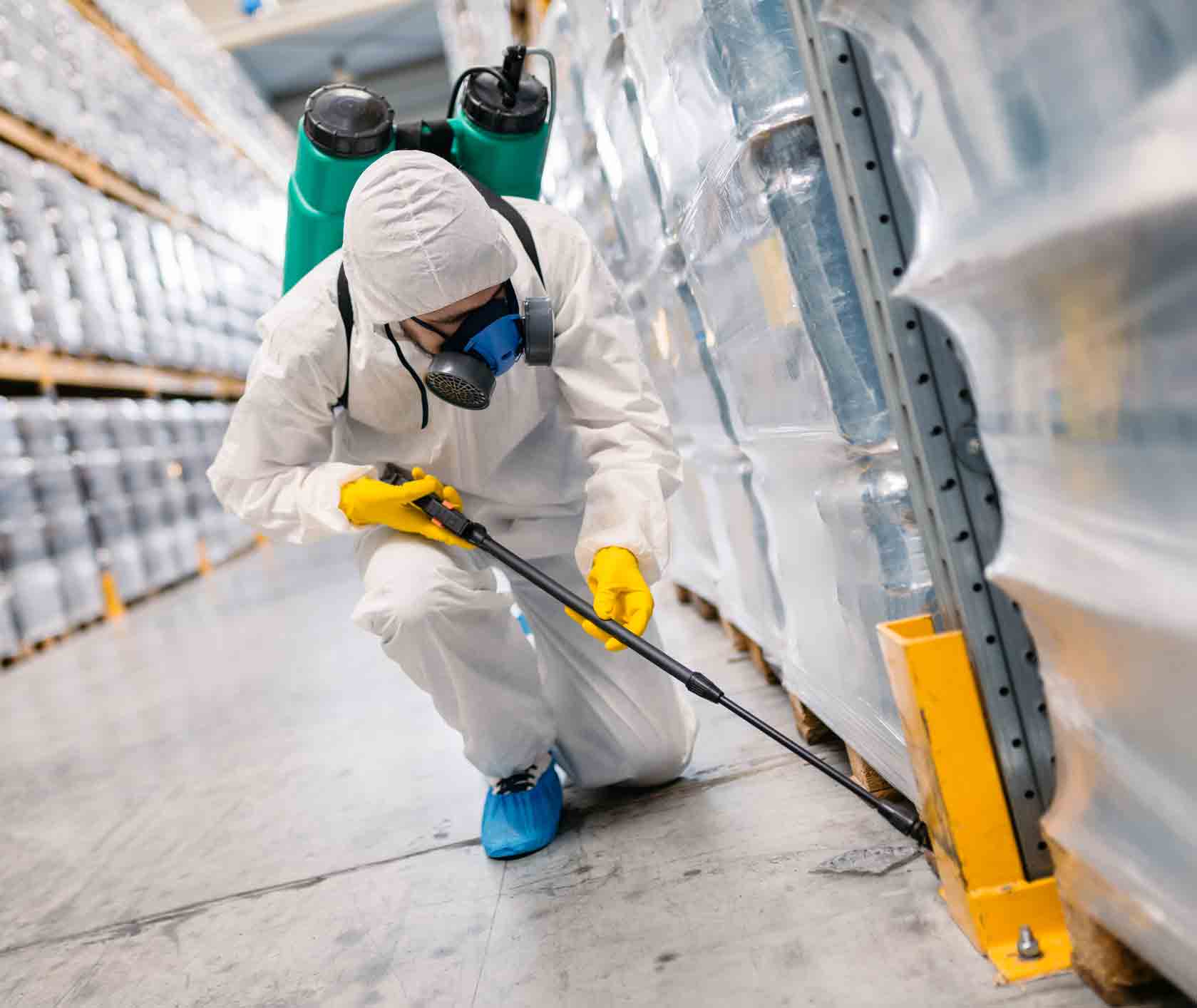Spider Control
People often express fear at the existence of spiders. These are small creatures, and although some species possess poison, only a small minority are considered dangerous and usually, their bites occur by accident.
Is total control of the spiders possible?
If any pest can be said to have a beneficial impact it would be spiders, although its eight legs and six eyes tend to cause chills. Arachnids play a vital role in the management of pests, and if they are present, it is because they are looking for food and therefore some type of pest is present, acting as monitors of these pests.
The goal of a successful control program is to minimise the threat of spider invasions. To do this, you must start by knowing the group of spiders present:
- Hunter spiders, such as wolf spiders, jumping spiders, ground spiders and spiders of the sack, are active arachnids that act running towards their prey. They use the spider web to hold them, not to capture them.
- Passive hunting spiders, formed by a small group that is based on ambushing their prey. The most important species is the brown recluse spider, whose bite can be severe, mainly if infested. They live inside buildings, and their control is difficult.
- Weaving spiders, composed of funnel spiders, orb weavers, comb legs and black widow among others. They form more or less large cobwebs that they use to capture and retain their victims.

Elimination spiders system
There are many methods to keep the Dubbo spiders away. Some of the most effective are:
- Exterior lighting: if the attraction of flying insects is reduced, the spiders are reduced when eliminating their source of food. Keeping the lights off when they are not strictly necessary also favours control.
- Elimination of nesting sites: the existence of a cover of ground, piles of articles on the ground, leaf litter, etc., serve as a refuge for spiders and insects that will then be their food.
- Sanitation: Although the elimination of shelters is part of a sanitation program, this stage involves the regular removal of cobwebs.
- Exclusion: Sealing cracks and holes is a step, but it is also important to install tight screens on all windows and access areas from the outside.
- Treatments: relying on the correct identification of the species involved, the execution of the above measures will facilitate the choice of biocides and, where appropriate, the use of glue traps for the control and maintenance of spiders at tolerable levels.
In times of high temperatures and low humidity, sulphur is a compound that releases gases that harm these mites. Although the application of these products, allowed in organic farming, is widespread, it should be known that their continued use inhibits the growth of beneficial microorganisms that populate all crops, in addition to ending also with the natural enemies of pests.
It is not recommended to abuse broad-spectrum insecticides, which kill all the insects in the environment, making beneficial wildlife disappear for cultivation. A healthy crop must have a biodiversity of species, both animal and plant and microbiological, to ensure that the system is in balance.
In this way, we have some species deprecate others, and pests and diseases do not cause so many problems since each type of life is in a certain proportion and nature is wise, so it keeps communities in balance.









Follow Us